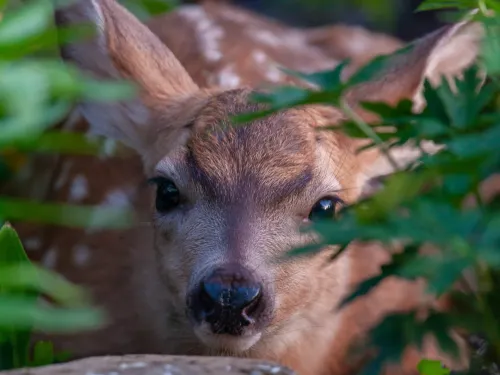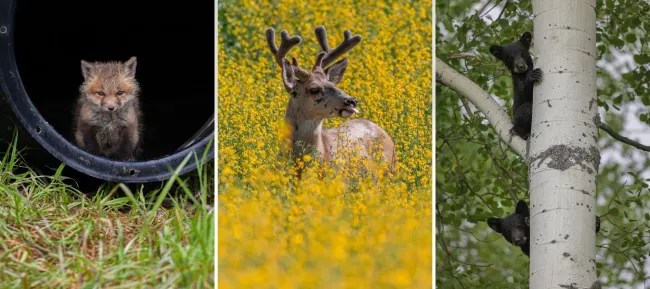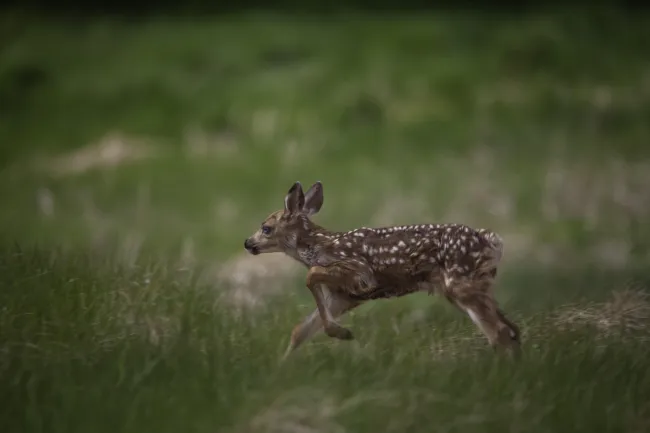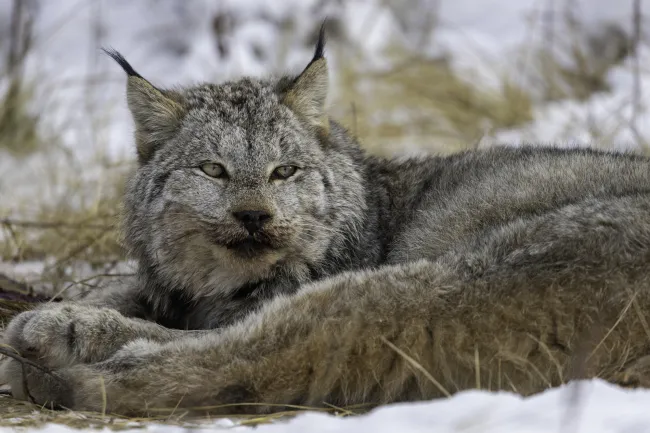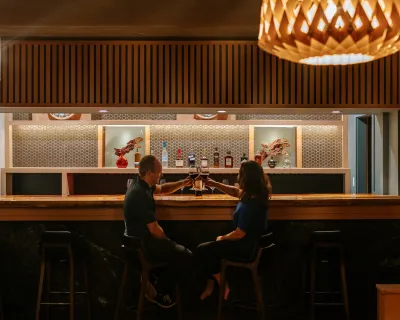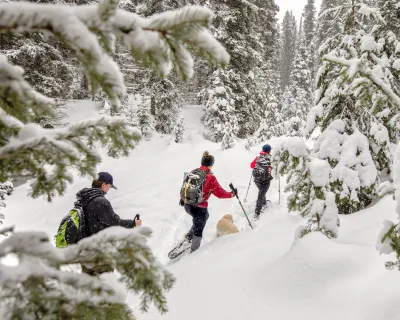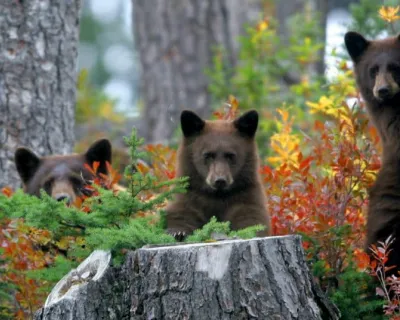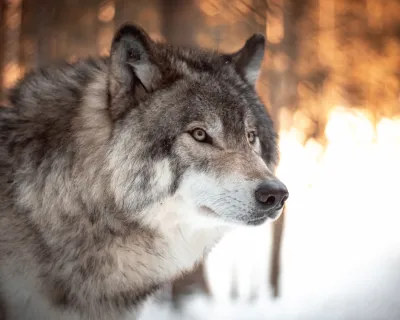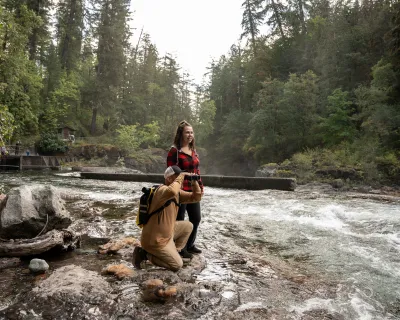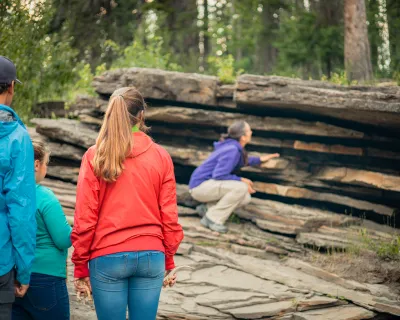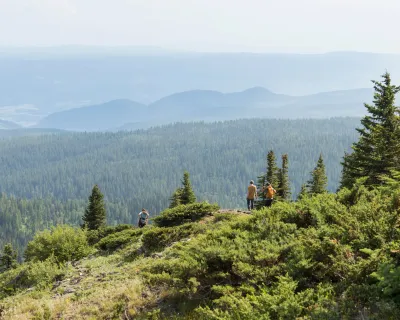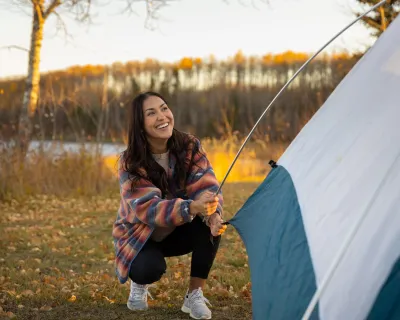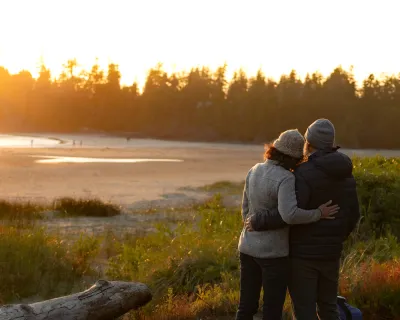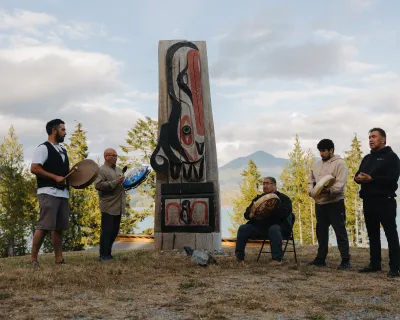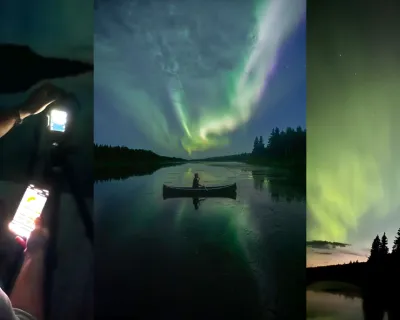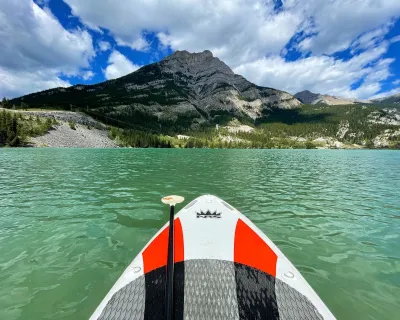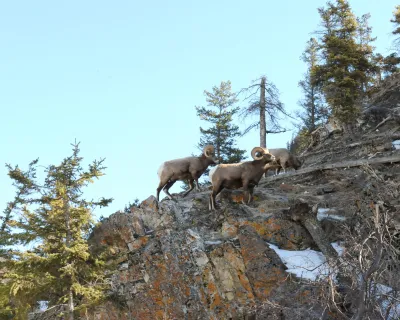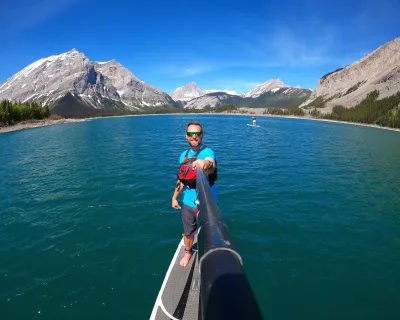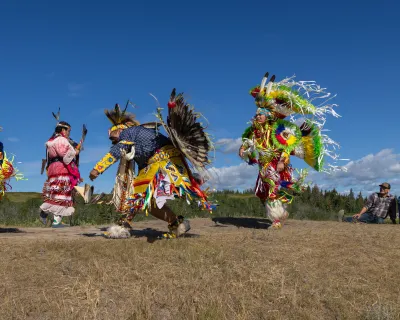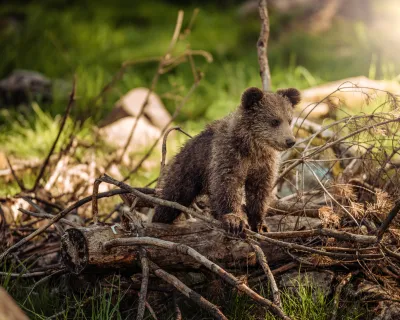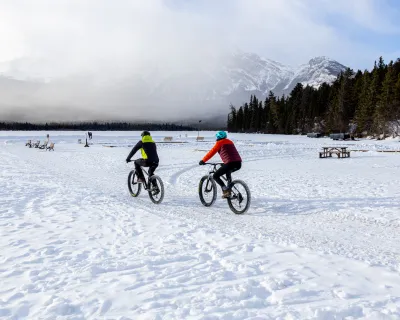Spring wildlife photography tips, with nature photographer Paul Lavoie
For photographers like Peace River, Alberta-based Paul Lavoie, spring is a key wildlife photography season, when newborn wild animals begin to poke their shy noses out of the forests, bush and grasslands of Alberta. But he didn’t expect to find one of his best photo ops in his own front garden!
“We have deer in our area all year,” he says. “The dog started barking, and I look out in my front yard and ten feet from my front door, there’s a baby deer just lying in my garden. So I pulled out my long lens, laid down in the grass and spent maybe 10 minutes just shooting.”
When the mother deer first gives birth, the babies are odourless, explains Lavoie. So when the mother goes to clean herself post-birth, she leaves the baby somewhere safe where predators won’t find it - in this case, his front yard.
“The amount of time I spend driving backroads and everything looking for wildlife, and this was literally right on my doorstep.”
A1 #CanadaChat New born wildlife in the #mightypeace county! @TravelAlberta pic.twitter.com/9UhEs6FqXe
— paul lavoie (@PLavoieImages) March 23, 2022
As exciting as it is to see cute baby deer, owlets, lynx, bear cubs or elk calves, it’s also a time to refresh your wildlife safety expertise. Baby animals in the wild are especially vulnerable to predation and human impacts. At the same time, because of the threat we present, humans are vulnerable to the over-protective reactions of baby mamas.
Safety, both for the animal and for him, is the first consideration for Lavoie when he goes out on a shoot.
“Judge by the animal and how it is reacting. If you’re interfering with the animal, and being a nuisance, it’s not worth the shot.”
Here are Paul’s top tips for avoiding disturbances to wildlife and maintaining safety.
Safety tips for spring wildlife photography
- Keep your distance - use a long lens so the camera is the one getting close, not you.
- Watch the animal’s behaviour for signs of disturbance. If it becomes agitated, it’s time to leave.
- Always have an escape route; animals can react suddenly and it’s best to be prepared just in case.
However, if you are careful, respectful and willing to spend a little time tramping through the bush, you can enjoy some amazing wildlife experiences and photo opportunities in spring.
find YOUR zen
Sign up for ZenSeekers enews for local culture & outdoor adventure across Western Canada.
Wildlife activity generally ramps up in spring time, as food sources become more plentiful and sleepers awake from their slumbers. Using the camera to capture some of those experiences can be great fun. But it takes some skill and planning as well.
Photography tips for wildlife
- Always bring the camera with you (you never know when you’ll spot something).
- Have the camera in “go mode”:
- have your preferred lens on (ideally a long lens); avoid lens switching
- If you have custom pre-sets on the camera, create a saved setting for wildlife
- High ISO and high-speed shot burst to capture light and unpredictable movement (wildlife usually don’t pose long for the camera) - As for where and when to find wildlife in spring time, dawn and dusk are obviously key times. Alberta abounds with wildlife, but quieter areas away from the city like provincial and national parks, and rural settings, tend to be more plentiful with animals. That said, as Lavoie has personally witnessed, they can turn up anywhere.
“It’s about being ready when you see the animal,” he says. “There’s no hesitation, just grab your camera and shoot.”
One of Lavoie’s tricks when he’s out driving in the countryside or down remote forestry roads is to have his camera out of his camera bag, sitting on a bean bag cushion for easy access. That way if he spots something, there’s no fumbling with clasps, straps or covers. He just picks up and shoots.
Of course, sometimes it just comes down to good fortune. As one of Northern Alberta’s premiere nature photographers, Lavoie is often in the right place at the right time in the course of his assignments. But even when he’s not on the job, wildlife photography is a hobby he prefers over other outdoor pursuits (like hunting for example) because of its sustainable, ethical nature.
“I can shoot them one day, then I can come back and shoot them again tomorrow.”
For more of Paul Lavoie’s work and regular updates on his outdoor adventures, stay tuned to ZenSeekers. His photograph is routinely featured in our stories. You can also check him out at @PLavoieImages on Instagram.
More wildlife resources
Parks Canada offers some great tips for staying safe and respecting wildlife as you adventure.
Our #SeekersAmbassador crew capture some great nature, wildlife and outdoor adventure imagery on the regular. Get to know more of the crew in this feature story.
And read more from our wildlife collection, below.
